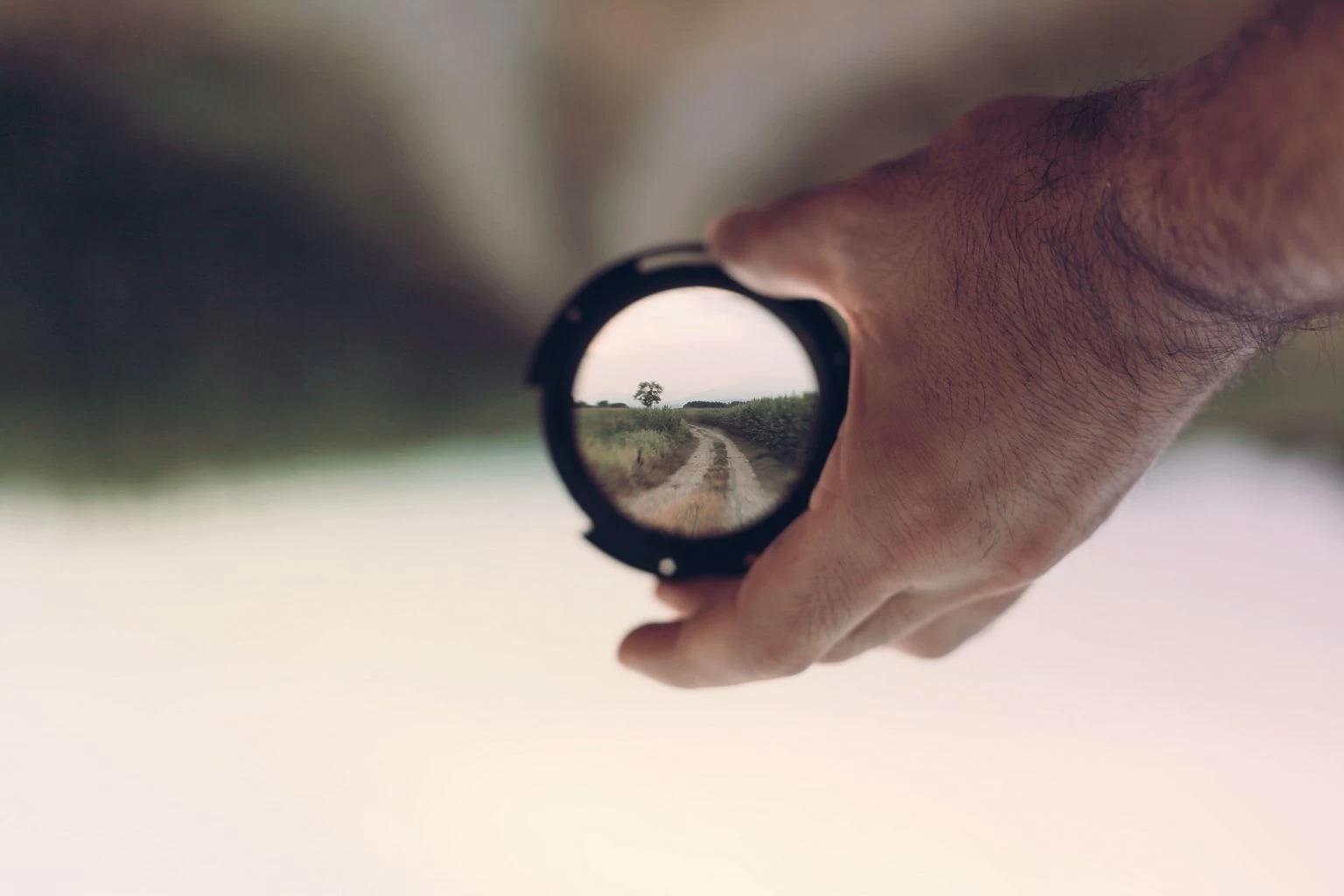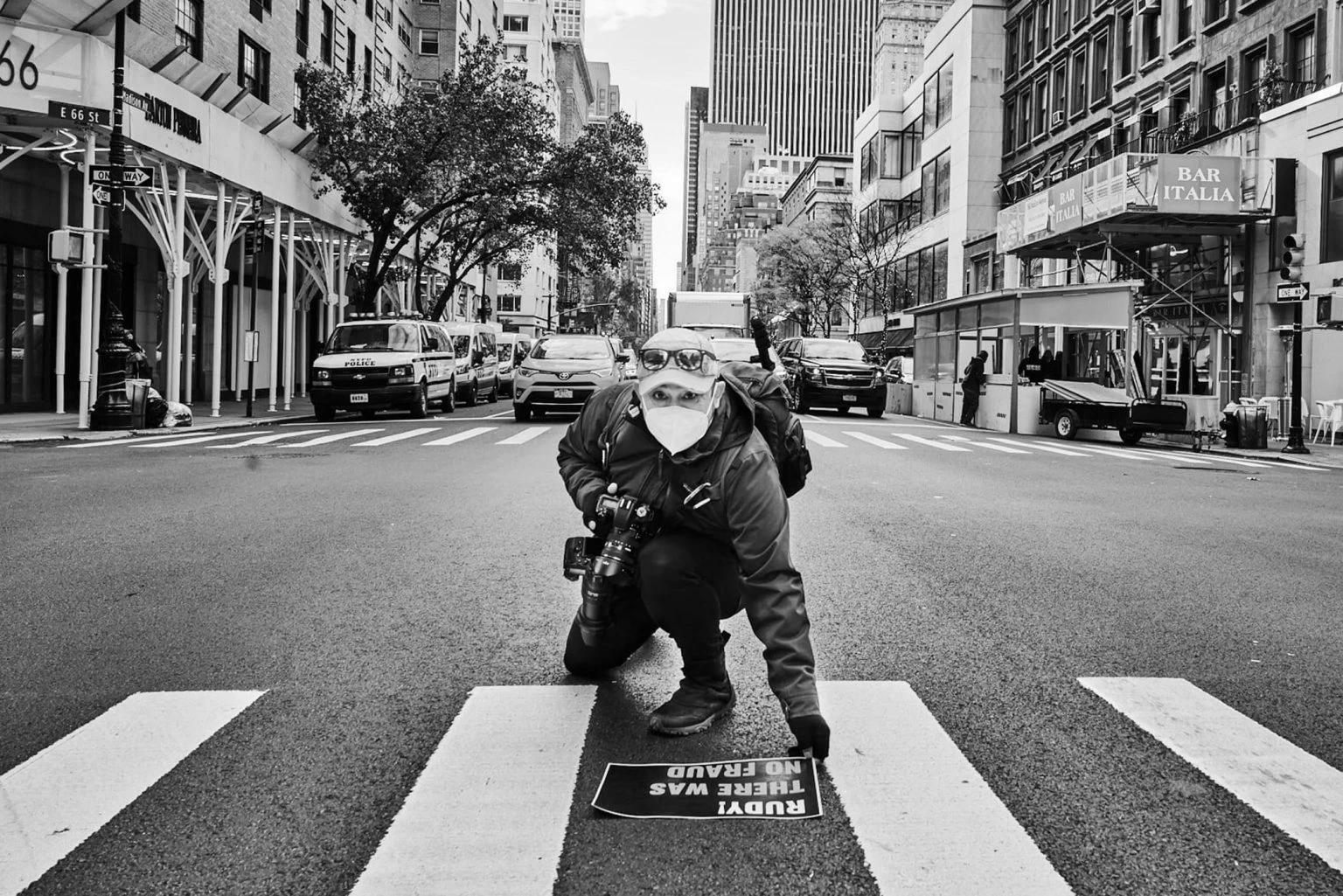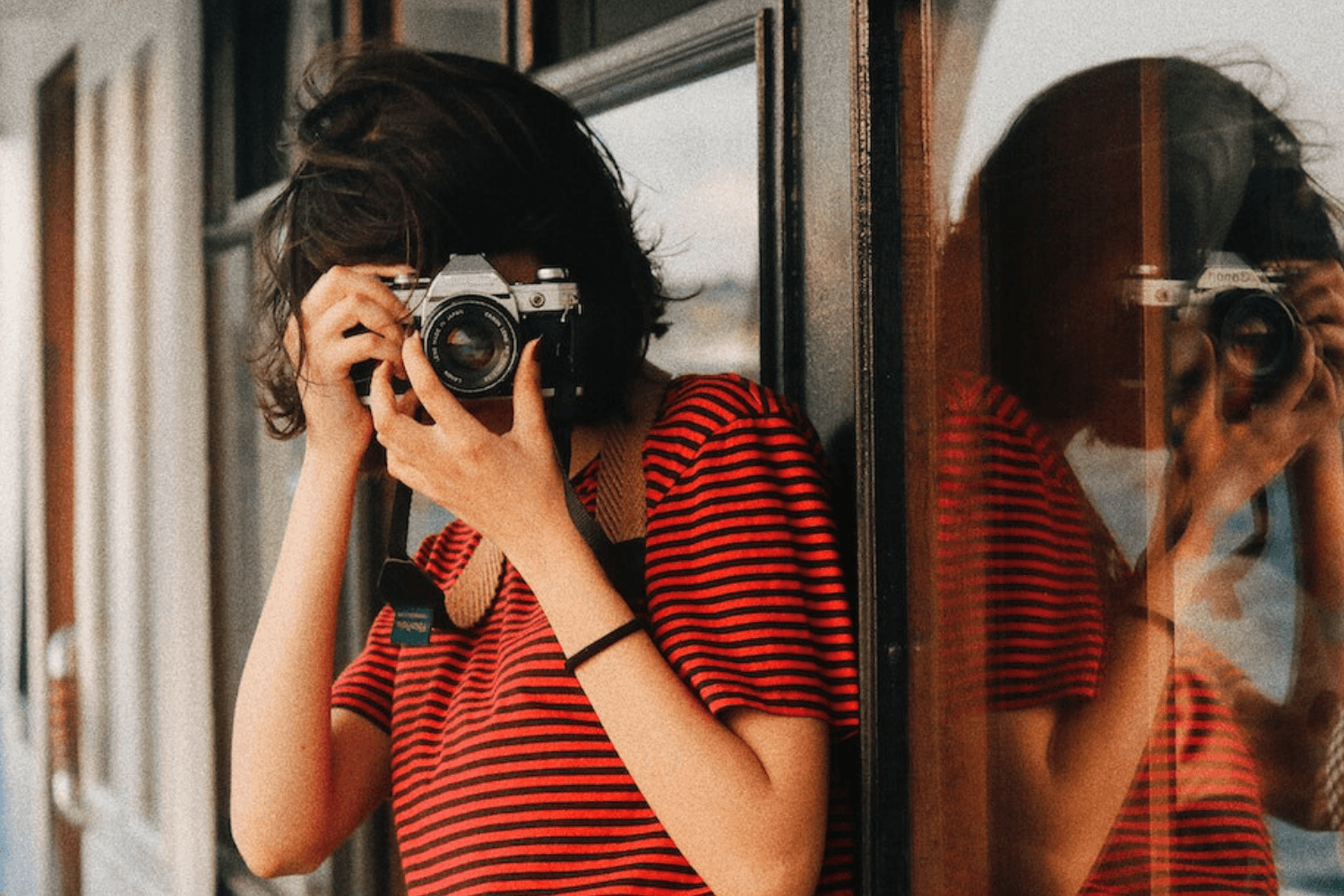Focus on Focus: Between quality and creativity
Yvan Cohen
Tue Aug 10 2021

Considering its obvious importance, photographers don’t often talk about focus. We almost never appreciate a picture on the merits of its sharpness. “What a great picture. Look how sharp it is,” sounds like the opposite of a compliment to most photographers.
Most photographs are, of course, better judged by the choice of subject, creative use of light, the power of the ideas communicated, and the strength and subtlety of the images’ composition.
Focus is often seen as a technical skill; one all photographers need to learn. If your shutter speed is too slow, your aperture too wide or your viewfinder not calibrated to your eye, there’s a good chance your pictures will come out blurred, and thus be unusable.
Too many times I’ve found myself in a moment, sensing an opportunity to create a great image, only to ruin my picture by failing to nail the focus. A real pro, I tell myself, would have got the image and it would have been ‘tack sharp’.
Many readers won’t remember the days when focus was an entirely manual process. Movements had to be anticipated, depth of field had to be carefully managed and there was, of course, a much greater failure rate. The advent of autofocus has made focusing seem a lot easier, although even with autofocus there’s plenty of opportunity for unintentional blur.
It’s easy to forget that focus can be an important part of the creative process too. Judicious use of focus can determine the emphasis, mood and energy of your picture. Who doesn’t love a portrait shot with a prime 50mm or 85mm, using a wide-open aperture to create a luscious ‘bokeh’ blur? Or how about some motion blur, to create a dramatic sense of movement?
 An example of ‘bokeh’ blur.
An example of ‘bokeh’ blur.
So far, I’ve described focus as something technical, something that needs learning, that takes practice, that has to be ‘got right’.
Focus over time
Attitudes to focus have perhaps changed over time too.
Looking through some of my old photo books recently, I was reminded of how technology has affected our approach to focus.
Perusing Czech-French photographer Joseph Koudelka’s sumptuous black and white imagery of the Gypsy community, I was struck how the mood and feeling in his pictures is so much more important than technical parameters like sharpness. Many of his images are far from being tack sharp, but lose nothing of their power for being a little soft. A reminder, perhaps, that the impact of an image isn’t always a measure of its technical qualities. Indeed, some images seem almost stronger for their imperfections.
This is not to approve of blurry photographs, but rather a reminder that a great picture doesn’t always have to be exactly in focus. You don’t always need the most expensive prime lens to make a great image.
Nevertheless, times have changed and technology has moved on. We have auto-focus, sharpening tools and the ability to review our digital images magnified to 100% of their actual size, which is a lot easier than peering through a loupe at a frame of film on a lightbox. When it comes to focus, we have probably become a lot more demanding.
The best photographers are masters of focus
While focus reflects a degree of skill and can be used as a creative tool, it remains an important measure of quality.
I can tell you firsthand that at LightRocket, our editors (including myself) spend many hours reviewing the work of photographers contributing via our platform to Getty’s news service and checking focus is a big part of what we do.
Our editors download almost every picture submitted and then enlarge it to 100% to check if the photographer has nailed the focus. More often than not – and unsurprisingly for pictures being submitted to a commercial editorial service – soft pictures are edited out. Focus is seen as a minimum quality requirement for pictures that are made available online for licensing.
If this all sounds a bit daunting, don’t worry you’re never going to get all your pictures in focus, and there are times when a little creative blur can go a long way. Most important of all, be your own harshest critic. Be rigorous in checking all your images for sharpness.
Understanding the importance of focus, and how to use it is part of the alchemy that makes for great photography.
Written by Yvan Cohen | Yvan has been a photojournalist for over 30 years. He’s a co-founder of LightRocket and continues to shoot photo and video projects around South East Asia.
Featured image by SplitShire
To read more helpful articles on photography, check out our blog page.
Join our growing photographer community at LightRocket and get powerful archive management and website building tools for free!


